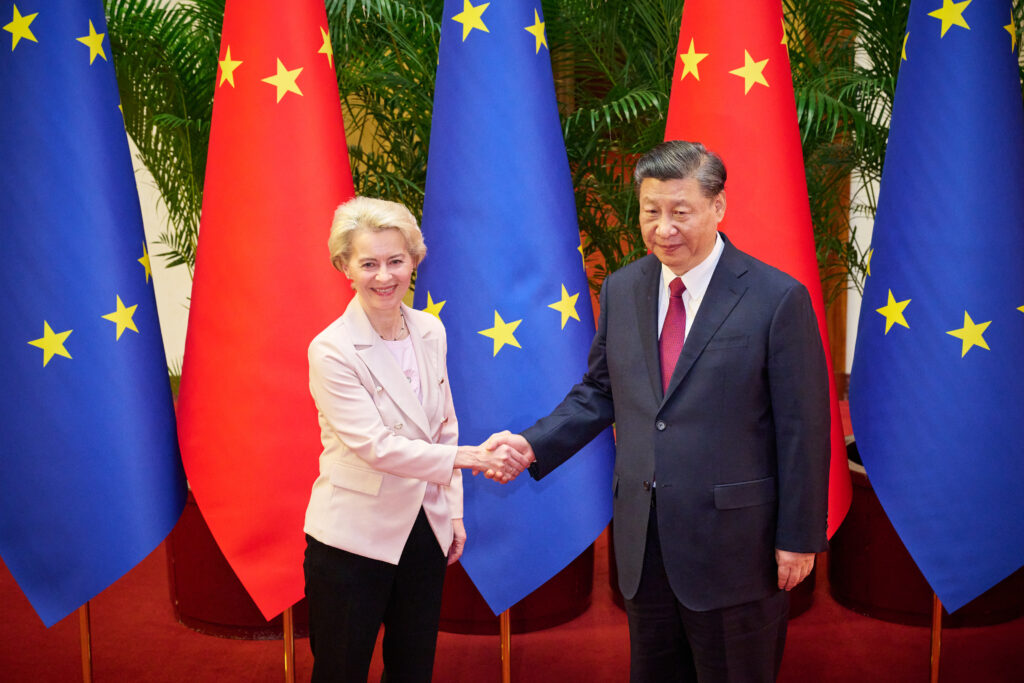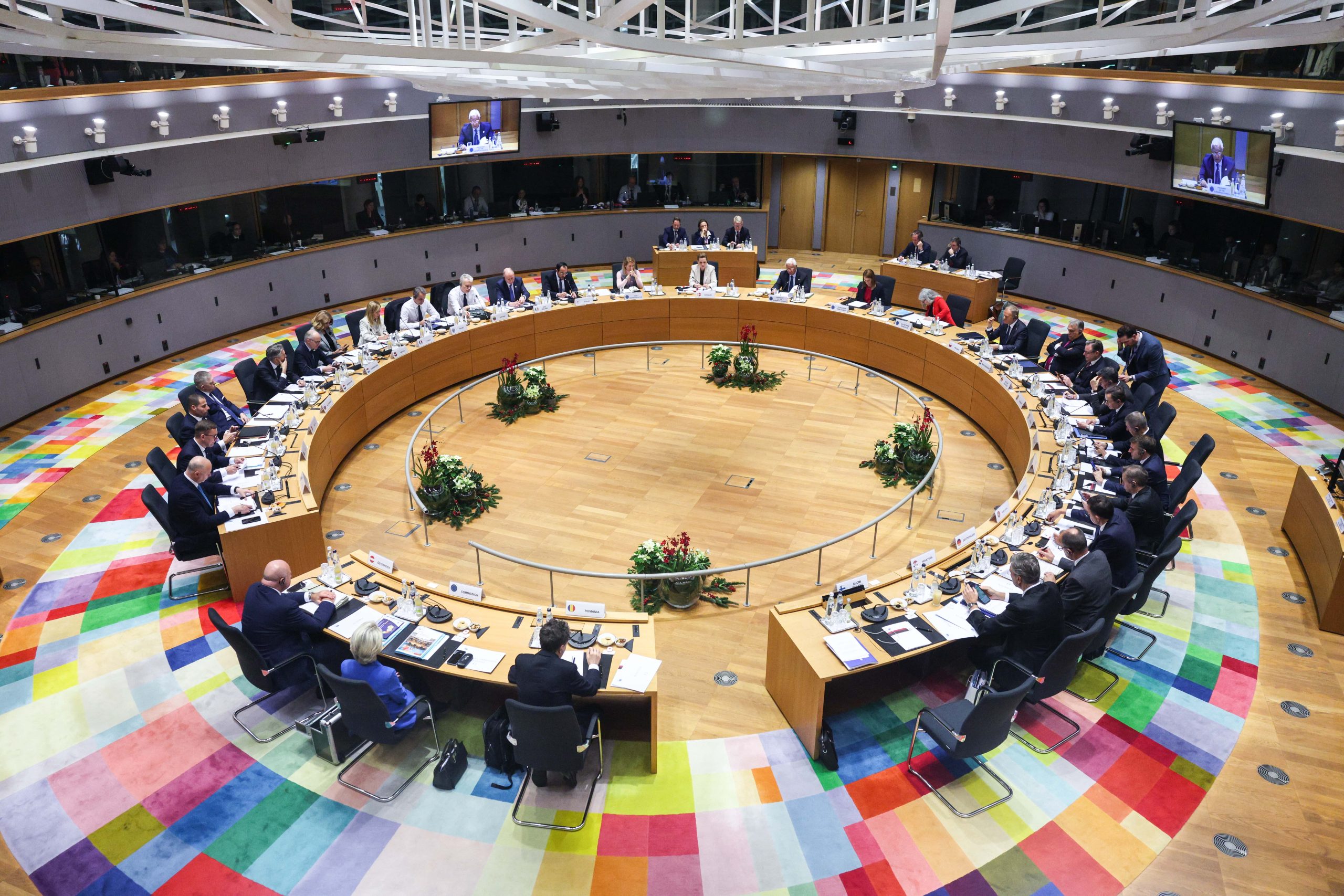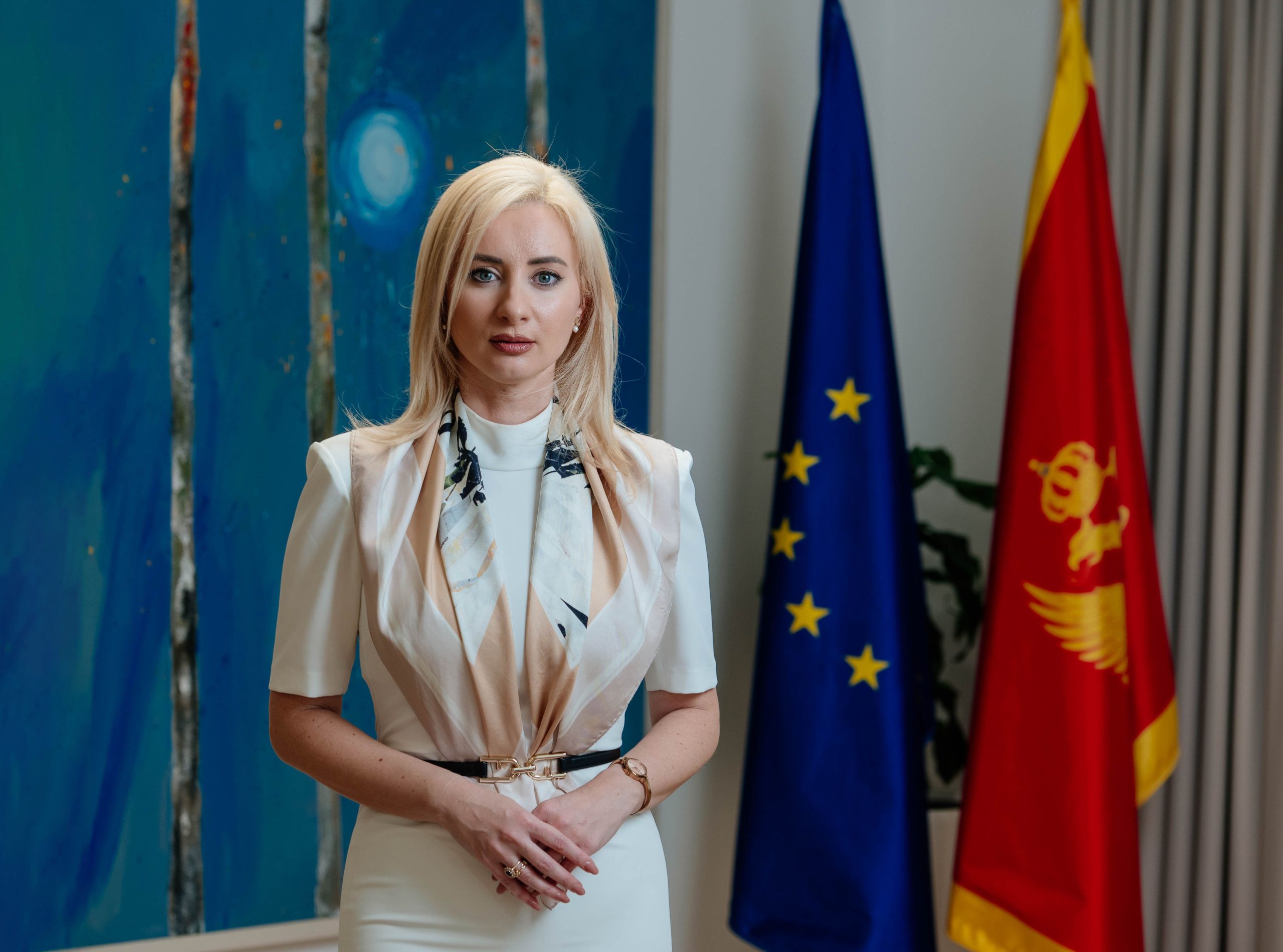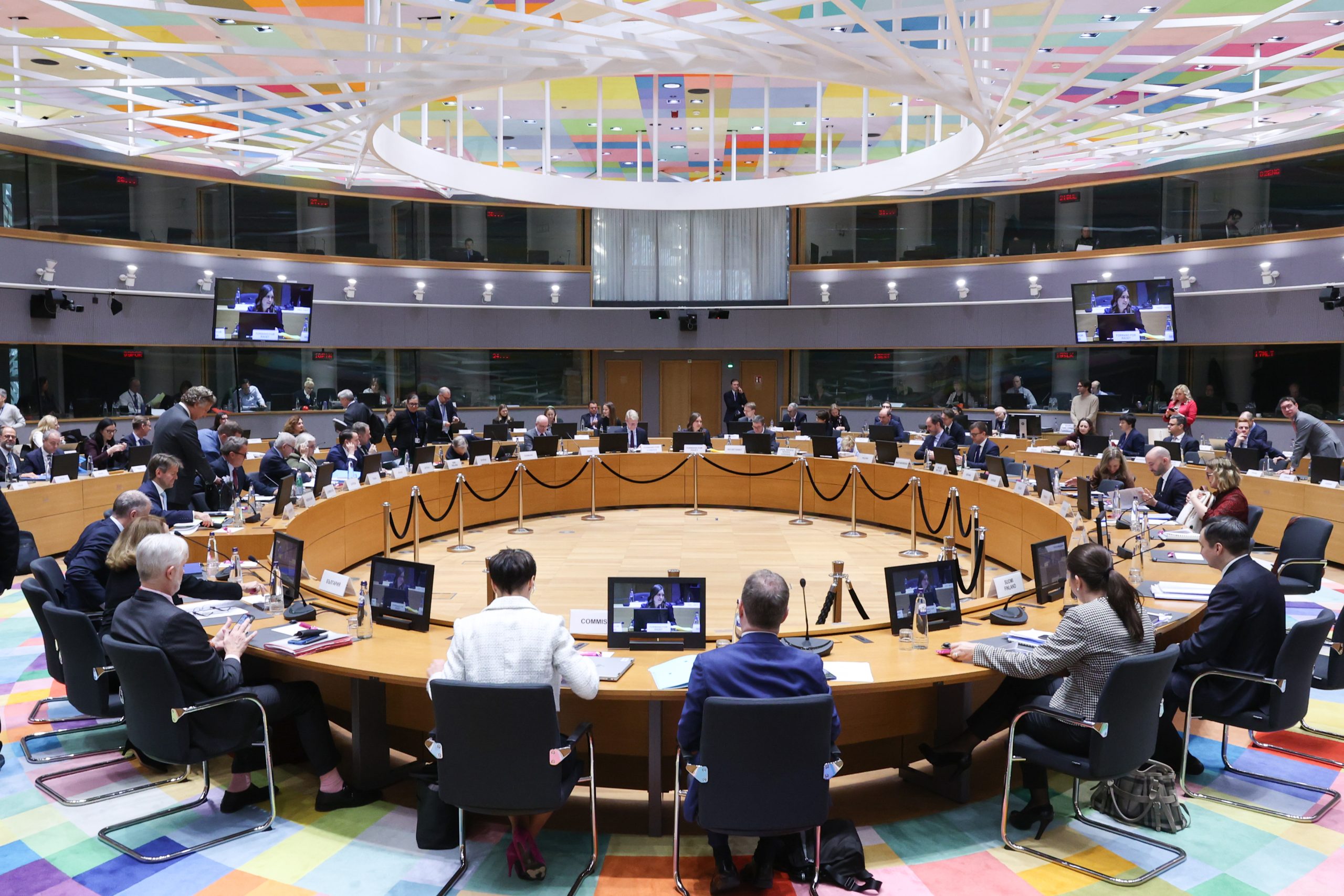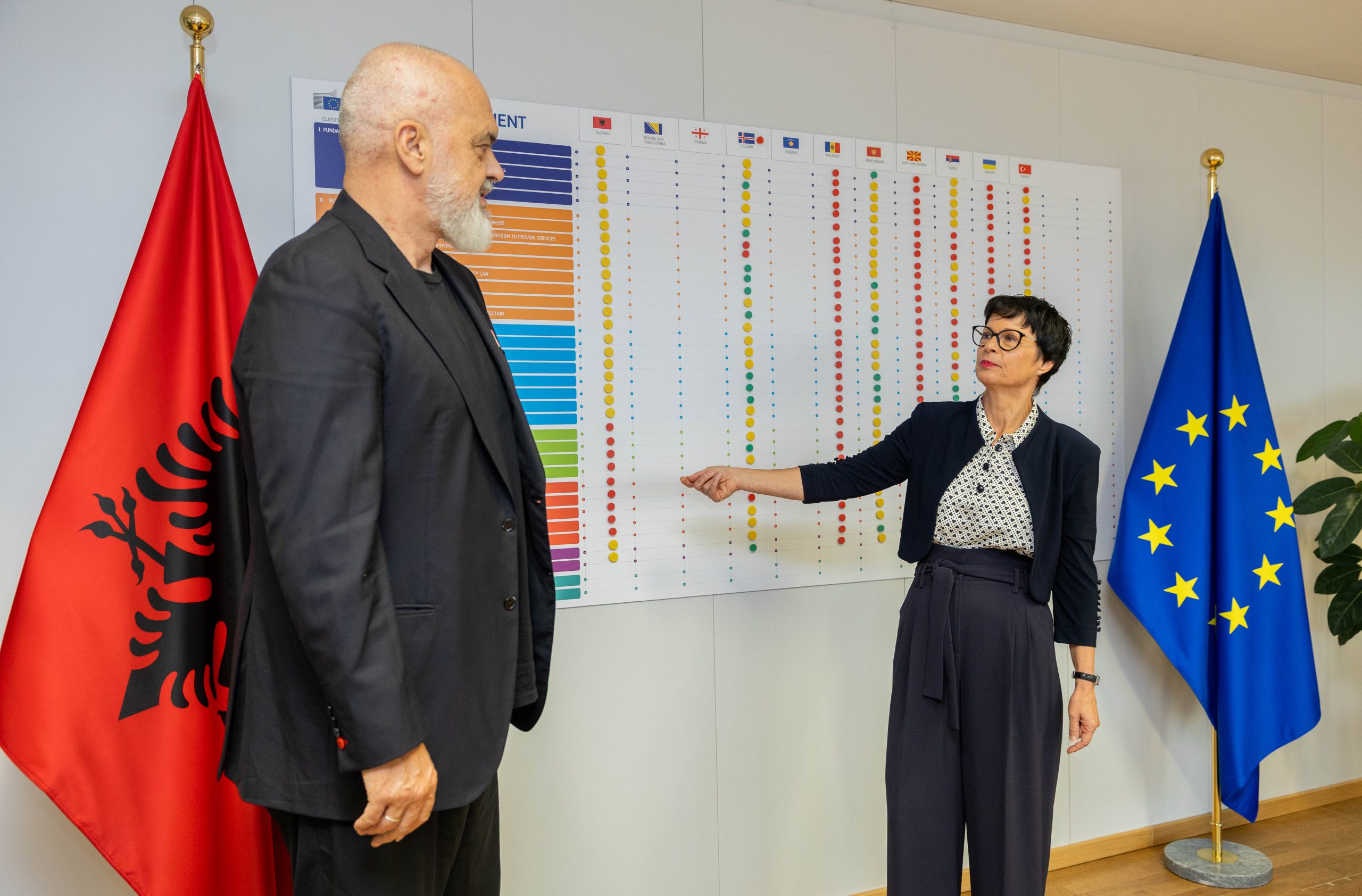Since the beginning of the war in Ukraine, Central Asia has re-emerged as a global geopolitical hotspot. Situated between great powers like Russia and China, the “five stans” historically found themselves dragged between different global interests and blocs. Because of its strategically important location and unexhausted potential of its rich natural minerals, the region has become an attractive area for competing global players to expand their influence in.
Most recently, with the isolation of Russia on the global scene and confrontation between Russia and the EU, the EU finally showed its readiness to reinvent its approach towards Central Asia and play a more decisive role in the region’s future development.
For years, there has been zero to no relations between Central Asia and the EU. The European Union saw the region as Russia’s backyard ran by several Soviet-era autocrats. The only news that reached Europe at the time were about frequent border and resource disputes or issues with democratic processes or human rights.
However, this started to change in the mid-2000s, and Europe for the first time acknowledged that it should seek a closer relation with Central Asia despite the region’s clear reliance on Russia at the time. The EU launched the Central Asian Strategy in 2007 that was updated in 2019, recognising for the first time region’s importance in areas of security, energy and stability of international trade. This strategic document opened a gateway for more engagement between the two sides, and today, European leaders have never been so determined to increase relations, which led them to board dozens of flights to region’s capitals.
Political changes in Central Asia open space for EU-China rivalry
This renewed interest and change in approach would not be possible without the deep political shifts the region experienced. In 2016, Uzbekistan changed its leadership and in 2019, Kazakhstan followed the same path. In both countries, post-independence second generation of leaders finally got into power and began to engage in necessary reforms that changed their countries’ immediate foreign policy priorities, attitudes to foreign investments and general regional political climate that was previously hostile to western advances.
In the meantime, the EU also worked on expanding its bilateral agreements in the region. In 2015, it signed the Enhanced Partnership and Cooperation Agreement (EPCA) with Kazakhstan, which is considered the leader in region’s reform agenda. This agreement was the first of its kind with a Central Asian country that brough the relationship between the two sides to a next level. Aimed to strengthen relations in a number of fields, from trade and investment to environment and climate change, the agreement was ratified in 2020 by a unanimous EU vote, showing a clear sign of how valuable the relationship with Kazakhstan is for the EU.

Because of this, today, the EU is Kazakhstan largest economic and trade partner responsible for more than 30% of Kazakhstan’s external trade and over $160 billion in direct investments.
However, in parallel, China continues to be a strong contender in Central Asia, often competing for the same areas of influence with the EU. Its engagement in the region is driven by a desire for energy resources and strategic influence, and the fact that 80% of the total value of goods transported by road between China and Europe has to pass through Central Asia.
China understands how important the region is for the continuation of its economic dominance in Asia and power projection towards the West. After the first EU-Central Asia Summit in late 2022 chaired by Charles Michel, Xi Jinping too will host his own inaugural China-Central Asia Summit in May.
Central Asia and the Western Balkans, the same rivalry in different circumstances
Although the relationship between the EU and Central Asia cannot be directly compared to that of the Western Balkans, a region consisting of countries that are seeking EU membership, there are still some parallels that can be drawn between the two. Both regions have historically been impacted by a Russian presence, with the recent increase of the Chinese presence. The EU has viewed its engagement with these regions as a means of establishing itself as a relevant geopolitical actor.
Despite being points of geopolitical interconnection, each region holds its own unique significance. Central Asian countries have been of particular interest due to their abundant natural resources, but their distance from EU territory has precluded any aspirations for relations closer than cooperation. Conversely, the Western Balkans have been viewed as the “soft underbelly” of the European continent, attracting interest from major powers but ultimately destined to align with Europe.
It is therefore imperative for the EU to maintain a delicate balance between establishing meaningful partnerships in both regions while protecting its own interests and maintaining its values.
The intensification of the East-West standoff is a fertile ground for Central Asia to play a more prominent international diplomatic role, attract new investments and create a rebranded image of credibility and trust.
Kazakhstan was first to grab this opportunity to invest in its new geopolitical position and soft power. This year, it will host the inaugural Astana International Forum on 8 and 9 June, its own platform for dialogue that will look to position the country as a middle power that could talk to all sides equally, balancing its interest carefully in the era of great power competition, or even offering itself to mediate some of the current global tensions. The Forum will attract some of the most recognisable names in international diplomacy, academia and business, and will shine a light on the country’s opening and reforms.
However, as the war in Ukraine intensifies and threatens to bring new tensions to Central Asia, the region must be careful about how it portrays itself and where it looks to for partners. Central Asian countries are beginning to understand very clearly the risks that association with Russia could bring in the near future. This is not the case for all countries in the Western Balkans. Still, the alignment with the EU is inevitable.
If political vacuum in both regions increases, the chance is that Europe and China might become the only viable competing blocs for regional dominance. In such an environment, with EU enlargement process ongoing in the Western Balkans, the EU must redefine its position in Central Asia to offer to the region a more catered form of cooperation, one that suits the local needs and tries to bridge the existing differences.
